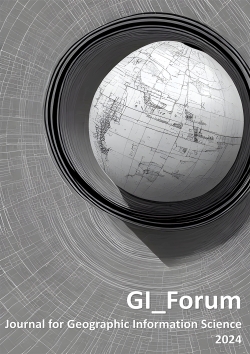
GI_Forum 2024, Volume 12, pp. 1-12, 2025/02/14

Soon after the introduction of Geoinformation (systems) in the 1990s and the first use of geomedia in schools which followed, a host of studies evaluated the adoption of the new technologies at school level. These studies were largely exploratory and descriptive and, even 30 years after its first introduction, came to the conclusion that the use of geomedia in schools was still not widespread. However, an organizational perspective was missing from these studies, as well as analysis of the factors influencing the diffusion of GIS and geomedia.
This paper examines the organizational approaches taken in recent research on digitalization in primary schools and the corresponding teacher training, and looks at questions of diffusion. We attempt to identify the more recent results that seem to make sense of the earlier ones.
Two questions in particular are examined in this paper: To what extent can geomedia be understood as innovation? To what extent are geomedia embedded in schools? We also discuss opportunities for the systematic embedding of geomedia in school education.
Keywords: GIS, geomedia, diffusion, innovation